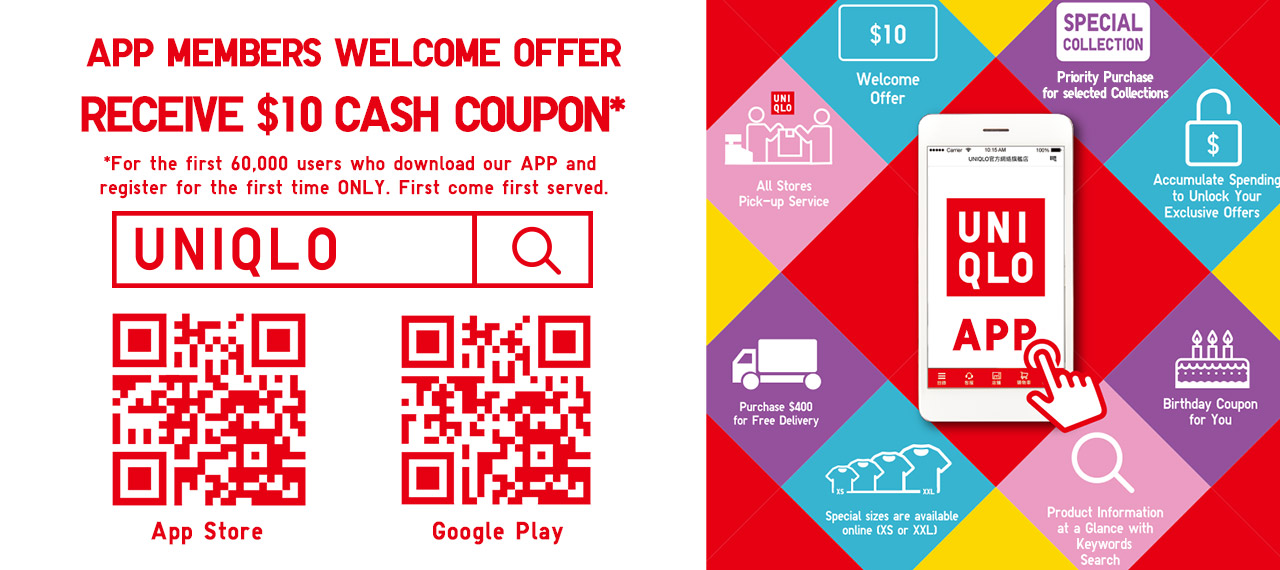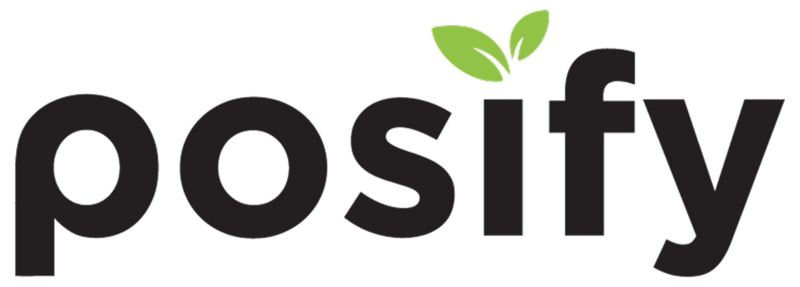How Uniqlo Improves User Engagement with O2O New Retail
According to a recent study conducted by GE Capital Retail Bank, 81% of shoppers research product online before making a purchase either in physical store or online, meaning that the buying decision of the majority of shoppers will be obviously affected by how familiar are they with the products. Meanwhile, a CRBE survey has mentioned that 70% of millennials prefer physical store rather than shopping online. These statistics have indicated that how to effectively integrate the online and offline channels is one of the greatest challenges faced by multi-channel retailers under the new retail age.

Source: www.uniqlo.com.hk
In view of this situation, being one of the largest clothing retailers in the world, Uniqlo encourages their customers to purchase products via the app or online store, the search function in these e-commerce platforms allow users to find out all the information related to the products such as clothing materials and sizes, etc., very easily. Moreover, customers could decide to pick up the products in physical store after the online purchase, the app or online store will provide the locations and direct the users to the nearest Uniqlo stores where the products are in stock. This is how Uniqlo prevents the digital window shoppers from abandoning the purchase before payment.

Source: Photo Taken in Uniqlo Retail Store
Apart from Uniqlo, plenty of international fashion brands such as Zara and H&M are also focused on integrating brick and mortar with e-commerce to build an online presence with positive results. However, most of the SMEs are still unable to take the full advantage of this new digital opportunities due to the limited budget and insufficient technical support.
Actually, there is no one-size-fits-all answer for how much does an e-commerce platform costs to build and host, depending on the complexity of the specific requirements. It could cost a global retailer more than 1 million dollars for developing an O2O e-commerce platform, but with the advance of science and technology, now using an O2O e-commerce platform is no longer the exclusive right for the global retailers with abundant funds.
PosifyRetail is a cloud platform with a fully-integrated O2O function which is suitable for most SMEs in various industries. In order to support more SMEs to grow their businesses with the fully utilization of the new digital opportunities from O2O at an affordable cost, it is designed to be a cost-effective and all-round retail system, providing everything from online to offline. You can enjoy the below functions by paying the lowest price as your daily coffee costs:
• Holistic ePOS
• Intuitive eShop builder
• Holistic Inventory Management
• Powerful CRM
• Flexible Promotion Module
• Encompassing Digital Marketing
• Holistic reporting
If you would like to know more about how these functions can be applied to your business, please click PosifyRetail.
Disclaimer
The information contained in this blog is for general information purposes only. We are not responsible for any consequences caused.





